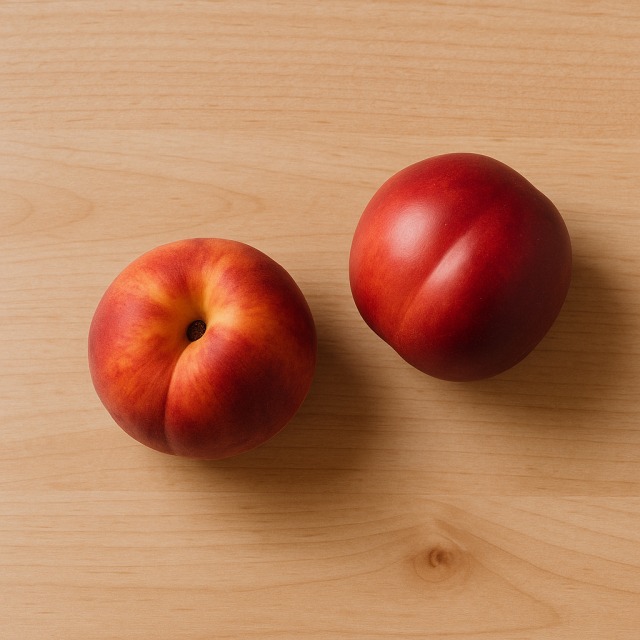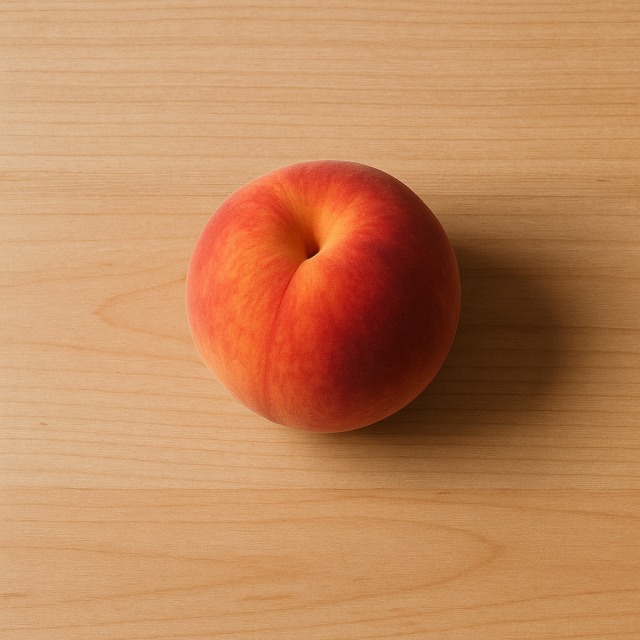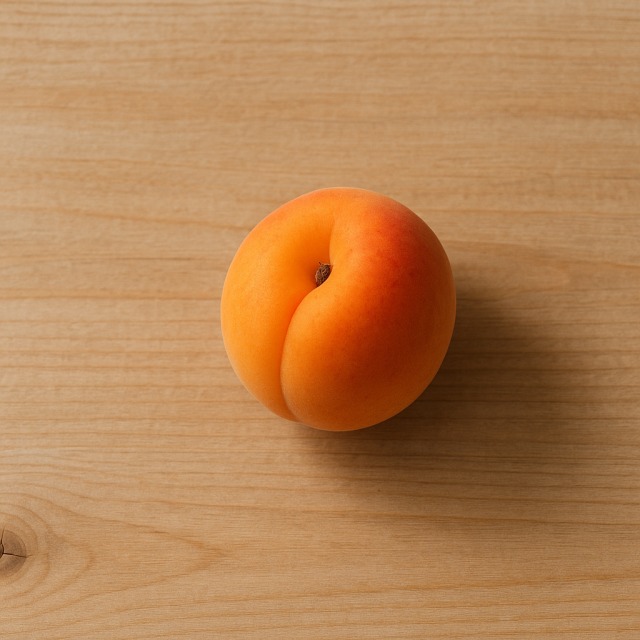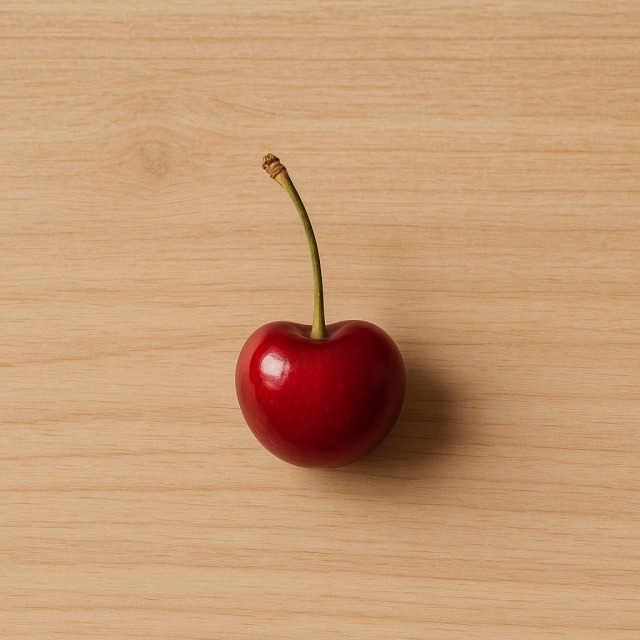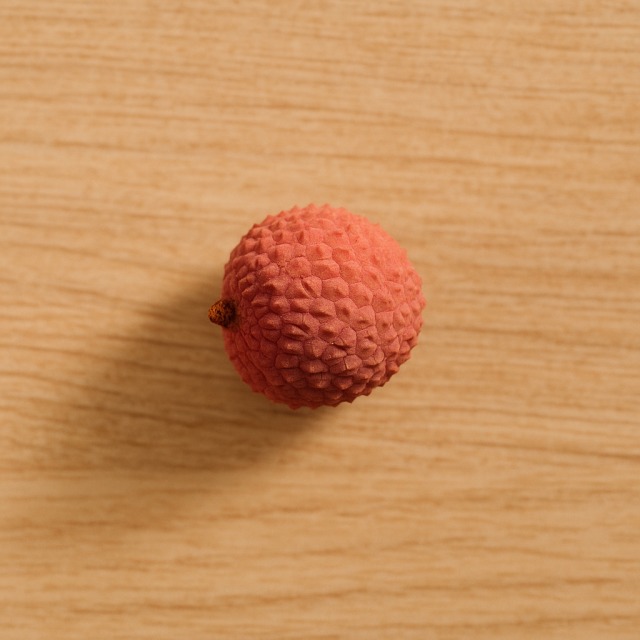Calorie Chart / Fruits / Plum and mirabelle
How Many Calories Are in Plum and mirabelle?
Calculation of the nutritional value & Recommended Dietary Intake of plum and mirabelle
For g and a calorie requirement of kcal
| Calories 18 kcal | Proteins 0.4 g | Lipids 0 g | Carbohydrates 4.2 g |
| 1% | 1% | 0% | 2% |
Health benefits of plum and mirabelle
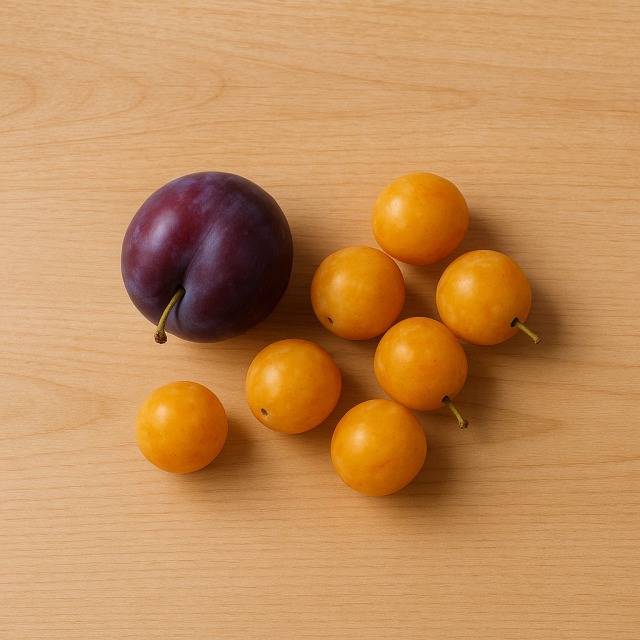
Plum and mirabelle - 100g
Calories 52 kcal
Proteins 1 g
Lipids 0 g
Carbohydrates 12 g
Plum and mirabelle belong to the same Prunus family and are considered low-calorie fruits, which makes them popular among people searching for fruit with few calories. They supply useful amounts of vitamin C for immune support, vitamin K for bone health, and a small but significant dose of provitamin A carotenoids. Their modest calorie content is therefore balanced by a dense micronutrient profile.
Both fruits are naturally rich in potassium, a mineral that helps regulate blood pressure and muscular contraction. They also contain sorbitol and gentle soluble fibres (pectins), which can support digestive transit; this digestive benefit is sometimes exploited in traditional medicine, although it remains a supposed effect rather than a formally therapeutic one. Again, these advantages come at very little calorie cost.
The deep yellow colour of the mirabelle plum signals the presence of polyphenols such as quercetin and phenolic acids, recognised antioxidants that may protect cells from oxidative stress. Historically, mirabelle cultivation around the French region of Lorraine dates back to the 15th century, and each August a dedicated festival celebrates this fruit's flavour and—of course—its low-calorie appeal.
Because they deliver sweetness with restrained calories, plum and mirabelle can satisfy a sugar craving without blowing up the daily calorie budget, a point appreciated by both athletes in "cutting" phases and individuals aiming for weight control.
Tips for incorporating plum and mirabelle into a balanced diet
Thanks to their sweet-tart taste and low-calorie profile, plum and mirabelle slide easily into many balanced recipes. Dice them over a bowl of plain yogurt with a spoonful of toasted oat flakes for a high-fibre breakfast that still keeps calories in check. The mixture also provides extra protein without adding significant lipids or unnecessary calories.
For a refreshing starter, combine sliced mirabelle with arugula, crumbled feta, and a drizzle of light light vinaigrette. This pairing balances fruit sugars with salty cheese and leafy greens while keeping total calories moderate.
If you crave dessert, bake the fruit into a quick crumble using a minimal amount of butter and whole-grain flour; compared with richer pastries, the finished dish stays lighter in calories yet highly satisfying. The same fruit can replace peach in a traditional fruit tart to shave off calories while maintaining colour and flavour.
Finally, athletes looking for fast post-workout carbohydrates can blend plum or mirabelle into a smoothie with banana and a scoop of whey protein. This drink restores glycogen efficiently, provides around 200 calories per serving, and avoids the empty calories often found in commercial shakes.
Frequently Asked Questions
- How many calories are in plum and mirabelle?
- There are 52 kcal per 100 g.
- Are plum and mirabelle considered low-calorie fruits?
- Yes, with only 52 kcal per 100 g, they fall into the low-calorie category, helping you keep daily calories under control.
- Do plums contain more calories than apples?
- Fresh plums deliver similar calories to an apple; both sit in the 50–60 kcal per 100 g range, which is modest compared with higher-calorie fruits like banana.
- Are dried plums (prunes) higher in calories?
- Drying concentrates sugars and therefore calories; prunes supply roughly 200 kcal per 100 g—about four times more than fresh plums.
- Can I eat plums when following a weight-loss diet?
- Absolutely—because they are low in calories and high in fibre, they help you stay full while adding minimal calories to the meal plan.
- How many plums can I eat without exceeding 100 calories?
- Three average-sized plums (about 180 g) provide roughly 94 kcal, keeping you below the 100-calorie mark.
Similar foods
Information provided by Calorie Menu may contain inaccuracies or errors. It cannot, under any circumstances, substitute medical advice or medication.

